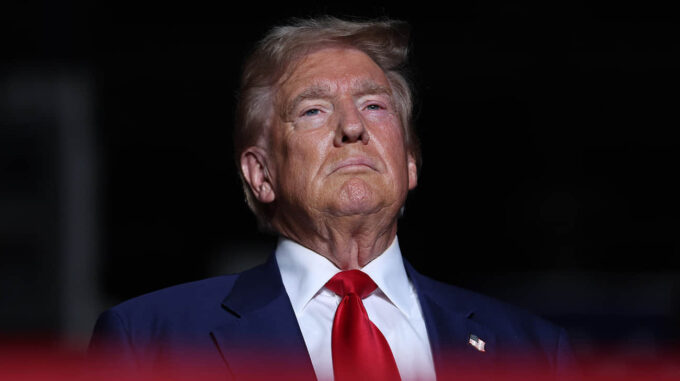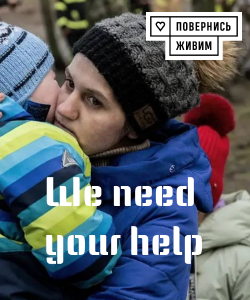According to information published in the British edition of The Times, Donald Trump’s political plan regarding Ukraine significantly differs from the official stance of the administration and international partners

It indicates that the U.S. president intends to agree to the preservation of Russian control over the occupied Ukrainian territories and considers this position to be “final.” This means that, for Trump, the issue of returning the temporarily occupied regions—Crimea and parts of Donbas—must be resolved through compromise, as he claims these lands are already effectively “captured and will not be returned.” A source within the publication reports that such a stance from Trump can be interpreted as an ultimatum for Kyiv: either Ukrainian authorities accept this scenario, or Ukraine will lose support from the U.S. and their active assistance in the war against Russia. According to the source, this “hardline” position is authorized to be communicated to Moscow and Kyiv through the U.S. envoy Steve Vitucc. Consequently, Trump is convinced that Ukrainian President Volodymyr Zelensky has virtually no alternative but to accept the proposed plan. He openly expresses his intention to cease any active diplomatic and military efforts if Ukraine refuses negotiations or does not support this option. A conclusion on peace initiatives could be announced as early as next week if a concrete agreement is not reached. Regarding the details of the conversation and the proposed conditions, the publication notes that the American proposal involves official recognition of U.S. control over Crimea and the de facto acknowledgment of the territories in southern and eastern Ukraine seized or annexed by Russia after its large-scale invasion in 2022. This means Washington is essentially supporting Moscow’s position on the legitimacy of its presence in these regions, while offering Kyiv acceptance of the unchanged status of these territories. Equally important, European and Ukrainian leaders are reportedly proposing to conduct further negotiations on controlling these lands only after reaching an agreement on a ceasefire, representing a more cautious and gradual approach. The source close to Vitucc emphasizes that Trump’s plan embeds the idea that the occupied territories have already merged with Russian authority and can only be returned either by force or diplomatic means, considering the current status quo. “These lands have been seized and will not come back,” he asserts. Therefore, U.S. officials believe that the most likely scenario at this stage is either Ukraine accepting the conditions or ongoing war with uncertain prospects that could last months or years. Meanwhile, Kyiv risks remaining dependent on external funding and weapon supplies from Western countries, as it relies on this support for its defense. According to sources, the U.S. is effectively considering a “take it or leave it” scenario: either Ukraine approves Trump’s terms, or it must accept a complete “silent” status quo, where occupied territories remain under Russian control. At the same time, Washington does not hide that public opinion in Europe could critically shift—due, among other factors, to economic difficulties caused by tariffs and sanctions introduced during Trump’s presidency—and this could strengthen anti-Ukrainian sentiments among European politicians and citizens regarding substantial support for Ukraine’s sovereignty. Following lengthy negotiations between Vitucc and Putin in Moscow on Friday, April 25, Yuri Ushakov, the Russian president’s foreign policy adviser, described the talks as respectful and constructive. He stated that the meeting contributed to greater convergence of Moscow and Washington’s positions not only on Ukraine but also on other important international issues. However, it is worth noting that Trump has adopted an even more hardline stance — just prior to this, in an interview with Time magazine, he emphasized that “Crimea will remain with Russia,” and once again accused Kyiv of provocations that supposedly provoked the war. Such statements are part of his strategic rhetoric, which on one hand aims to portray his position on the international stage, and on the other complicates diplomatic efforts by new Ukrainian and Western policymakers seeking a more constructive and diplomatic resolution to the conflict.

